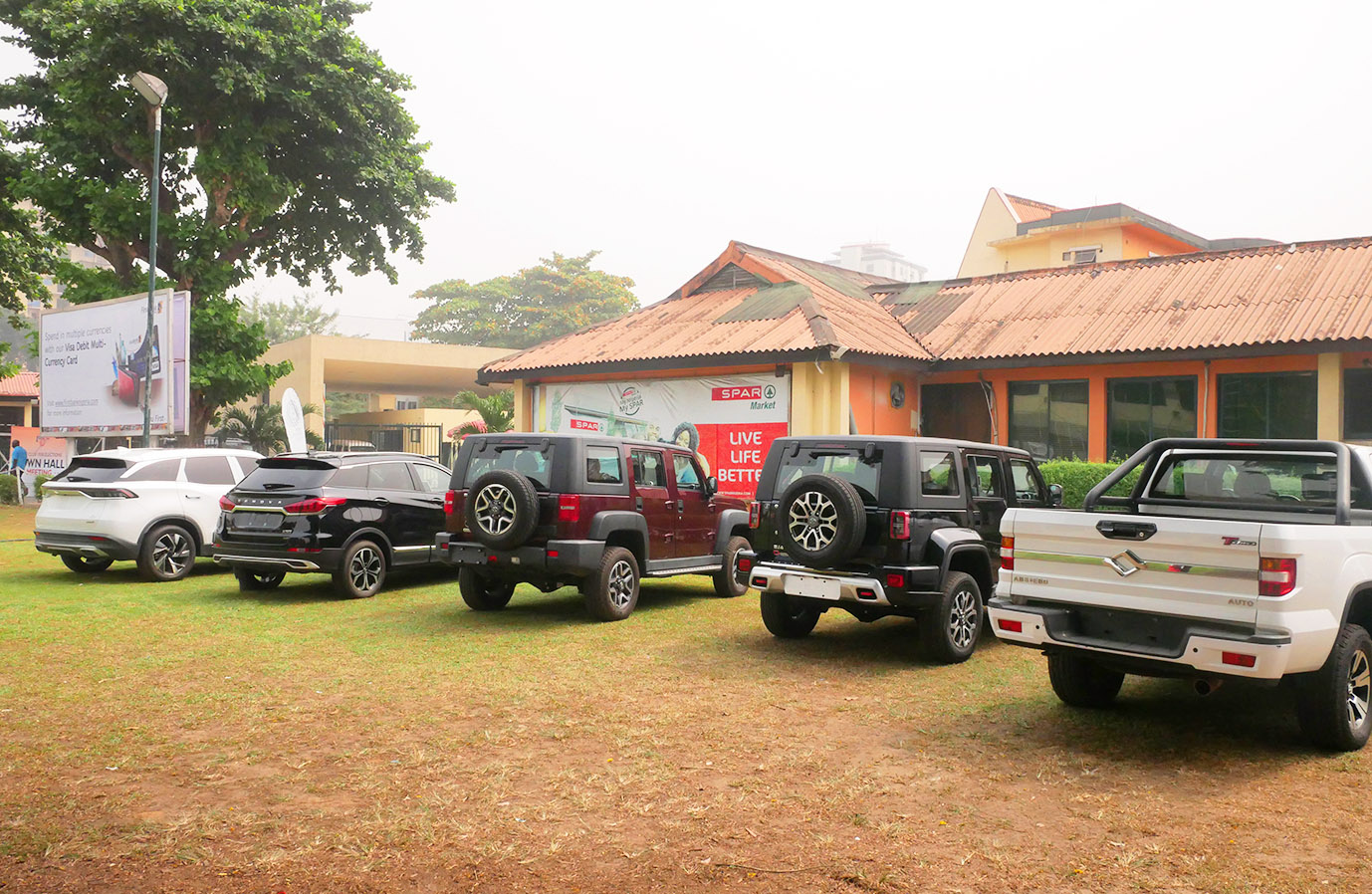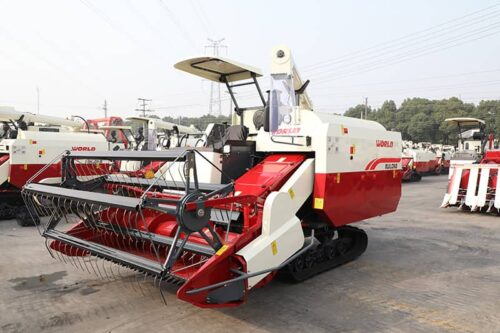Agricultural mechanization involves the use of machinery for farming operations to ensure a more efficient, productive, and proactive farming experience. It is the employment of machine technology in the process of agricultural development as well as its empowerment.
Agriculture is a major source of income for individuals and nations at large and in some countries, a major contributor to their GDP.
As a response to the clarion call for the growing population and higher food demands, nations began to drop crude methods of farming for modern, mechanized methods.
Many Agro-technological trends and procedures were brought into the scene and enforced to improve farming operations. These discoveries served as a major game-changer for farmers as well as agro-allied industries.
These are 4 countries thriving under the use of agricultural mechanization in their farming operations.
1. BRAZIL
Brazil is known for its success in agriculture and is one of the three largest exporters and producers of sugar, coffee, soya bean, beef, etc. in the world. The country has seen up to 6 times the growth it had in agricultural machinery and implements between the 1960s and 2018. Their mechanized area went from 410 hectares per tractor to 65 hectares per tractor. Agribusiness today contributes significantly to the country’s economy, driving investment, job opportunities, and food security to their doorsteps.
According to FAO, “Agriculture comprises about 10 percent of GDP, employs about 20 percent of the labour force and accounts for about 20 percent of export revenue.”
Their notable achievements in agriculture have encouraged other developing countries in Africa, Latin America, and the Caribbean to want to benefit from them.
2. THE UNITED KINGDOM:
The United Kingdom is far ahead in the agricultural mechanization business. The adoption and integration of mechanized equipment were done after the second world war in 1945. Today, the country is known for its prowess in manufacturing mechanized machinery.
Some of the major tractor manufacturers in the country include John Deere, AGCO Corporation, and CNH Industrial NV. There has also been a rise in the use of artificial intelligence and deep learning to drive agricultural mechanization. Earth Rover is one of the UK’s start-up companies exploring this sustainable AI-driven mechanized farming. The company hopes to create the first robotic agriculture system for better precision agriculture techniques.
3. VIETNAM
Vietnam’s agricultural sector contributes 12.36 percent to its economy. The country has most recently grown their agricultural mechanization rate; particularly in the use of tractors and combine harvesters. The use of tractors went up in the country in the 1990s due to both political and military reasons as both the West and the Soviet Union gave substantial support in providing heavy machinery. Vietnam is known today for cheap agricultural exports like coffee beans, rice, cotton, etc.
4. INDIA
India powered its way from food shortages to become a strong leader in the exportation of rice and cotton, including agricultural tractors. This transformation came on the heels of the country’s introduction of better agro-tech and mechanization techniques. Since their independence in1947, there has been more than a five-fold increase in grain production in the country.
The mechanization level in the country is placed at 40-45% with an estimated grains production of 5.314 million t/ha for 2021-22, which is 1.71 percent higher than 310.74 million tonnes recorded in 2020-21.
These are extensively ahead of their performance level of 0.636 million t/ha between 1965-66. According to reports, agriculture contributes 17% to 18% to India’s GDP.
Though agriculture remains the most important sector in the Nigerian economy employing and engaging about 70 percent of the labor force, our agricultural mechanization rate remains low.
The state of the Nigerian agricultural landscape was aptly summarized by Oyewole, C.I. (ph. D) and Oyewole, A.N. (Mrs) in their paper on The Failure of Agricultural Mechanization in Nigeria: The Multiple Cropping System Factor. It reads as thus:
“The man with the hoe remains an apt description of the Nigerian farmer today. The Nigerian agricultural industry, populated as it is by the aged and peasants, has progressively developed into a world of drudgery for losers, shunned and despised by Nigerian youths. Despite the decades of immense expenditures and investments into agriculture, in terms of money, men, and materials by national and international governments and agencies, the average Nigerian farmer remains an indigent serf, regarded by today’s youths as a dreadful anachronism (Odigboh, 2000).”
For the Nigerian agricultural sector to thrive, agric mechanization is non-negotiable.
TL; DR
Technology is a moving train; it doesn’t wait for anyone. Only those countries who have gotten on this train can attain great feats in their quest for development and sustainable growth. Agriculture is no exception to this development, and we must act fast if we are ever going to be able to ensure productivity and improvement in our agricultural sector.


